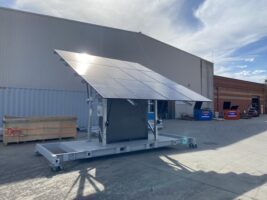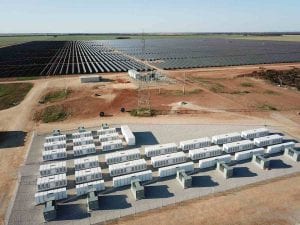More than a billion people worldwide live without reliable access to electricity. Providing them with power will require hundreds of billions of dollars of investment, vast deployment of technology, and adaptable business and financial market strategies.
Much of the job can be done with power generation systems that are not connected to a central grid, and with largely fuel-free technology.
That is, the new grids need not be the enormous, centralized kind that exist in the developed world. If power can be generated where it is consumed — with a solar system connected to home appliances, for example — it can closely follow electricity demand growth. Where does much of that growth come from? Leisure activity.
Bloomberg New Energy Finance’s Frontier Power Service tracks the products, services and business models involved in powering the next billion consumers.
Last year, our analysts surveyed 26 manufacturers, distributors and pay-as-you-go solar companies to find out what appliances they offer alongside their electricity-generation systems. Televisions and radios were the most significant, and no item seemed to be involved mainly in a business:

But to dismiss those items as things used purely for leisure activities is to discount both their importance for human development and their adaptability to commercial uses.
Hair clippers, after all, can be used to start a hair salon; a refrigerator can be a building block for a new restaurant. And as an appliance allows people to earn, it also allows them to consume more, offering more opportunities for service providers.
This leisure-pull effect isn’t new. In his book “The Shock of the Old,” historian David Edgerton recalls what happened on American farms almost a century ago:
‘In 1920 roughly half of all mid-western farms had cars, well over that had telephones, while less than 10 per cent had tractors, running water, or electric lights; for 1930 80 per cent had cars, 60 per cent had telephones, and 15-20 per cent had electric lights and running water.’
In this context, farmers could use cars and radios for leisure purposes before they had electric lights or running water, which require centralized utilities. Today, a billion new consumers may be able to produce and use energy in the same place.
Certain types of demand (for electricity to smelt aluminum, say) will still require always-on power in bulk, but for residential and even some commercial demand, distributed systems may scale up faster than centralized grids can extend their service.
A final thought: Lack of connection to a centralized grid is a feature of distributed technologies, not a bug. Appliances with no physical wire to a centralized system have an inherent appeal to people with fewer resources, even in the developed world.
In its latest wireless substitution study, the Centers for Disease Control and Prevention reports that “The second 6 months of 2016 was the first time that a majority of American homes had only wireless telephones.” A deeper look at the data, however, shows that for poor Americans, this majority wireless-only moment happened six years ago. And for the non-poor, it’s still not here:
Poor Means Mobile
Percentage of adults living in wireless-only households in the U.S.

Powering the next billion consumers will look very different than powering the first billion. We should not be surprised if the path ahead runs through leisure activities.
About Bloomberg New Energy Finance
Bloomberg New Energy Finance (BNEF) is an industry research firm focused on helping energy professionals generate opportunities. With a team of experts spread across six continents, BNEF provides independent analysis and insight, enabling decision-makers to navigate change in an evolving energy economy.
Source: BNEF. Reproduced with permission.










